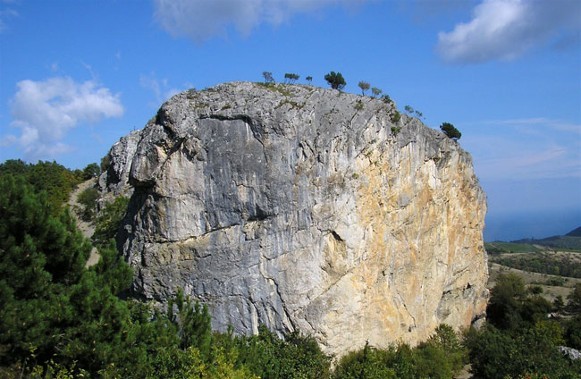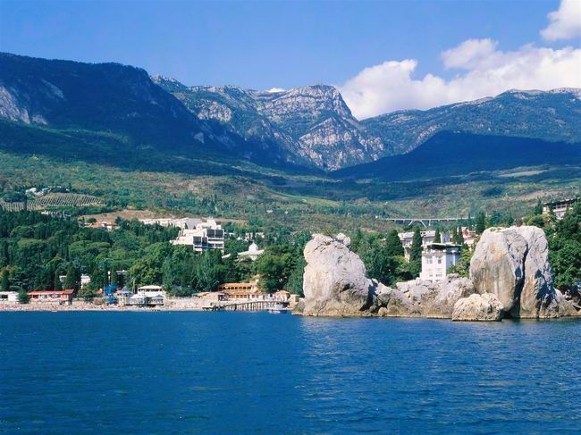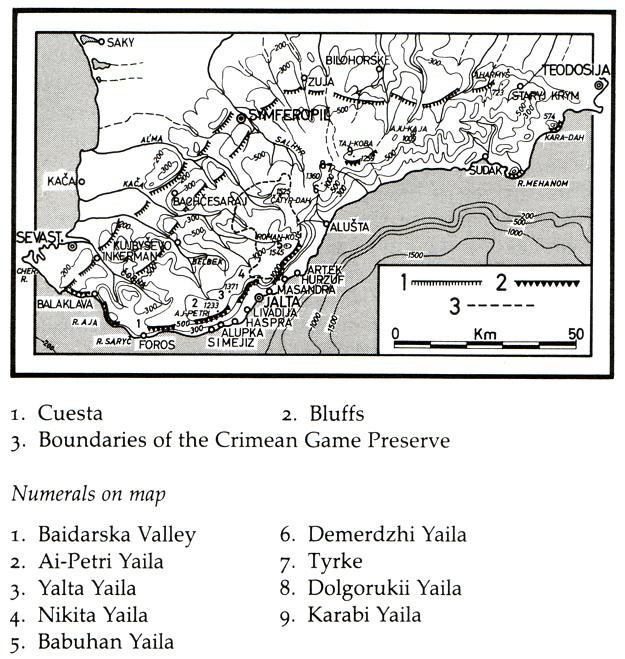Crimean Mountains
Crimean Mountains [Кримські гори; Krymski gory]. (Map: Crimean Mountains.) Young, folded mountains of the Alpine mountain system located in the southern part of the Crimea. Including the foothills, they cover one-fifth of the peninsula's area. They extend for about 150 km from Sevastopol to Teodosiia and are 40–50 km in width. The Crimean Mountains consist of three long, parallel ranges, separated by valleys. They descend gradually towards the north and fall sharply towards the south. The first two ranges starting from the north constitute the foothills; the third range, called the Yaila (the name is sometimes applied to the Crimean Mountains as a whole), constitutes the mountains proper. Between the steep southern slope of the mountains and the Black Sea lies a hilly coastal strip, the Crimean southern shore.
Geology. The Crimean Mountains are a large, integral, anticlinal platform whose southern wing sinks into the sea. The uplifting and folding occurred as early as the Jurassic period. At the end of the Lower Cretaceous period the anticline appeared, but the main orogenic processes occurred only in the Miocene and Pliocene periods, when the lower part of the anticline broke off. The uplifting lasted into the Quaternary period, while the southern part of the mountains continued to subside. Besides longitudinal depressions, a series of latitudinal depressions appeared, and there was volcanic activity, particularly on the south side. Earthquakes still occur (the last violent one was in 1927), which indicates that tectonic movements have not ceased. The mountains are built mainly of sedimentary deposits of sea origin: sand-clayey schist, conglomerates, and sandstones and limestones of the Permian-Triassic and Jurassic periods. The hard Jurassic limestones are particularly common. The lower layers are built of Cretaceous and Tertiary layers, slightly inclined towards the north. The sedimentary layers are dissected by volcanic deposits.
Landscape. (Map: Crimean Mountains: Relief Profile.) The relief of the Crimean Mountains is the result of complex interactions between the internal and external processes of the Tertiary and Quaternary periods. Repeated upliftings and subsidings caused active erosion to alternate with peneplanation.
The lower two ranges are longitudinal monoclines of the northern wing of the Crimean anticline. They have gentle northern slopes and steep southern slopes (cuestas), which appear wherever hard deposits break through the surface. The outer range reaches up to 342 m and is built of Neogene limestone and lime sandstone with an inside core of Upper Cretaceous and Lower Paleogene limestone (550–750 m) lying on soft chalk marl. The cuestas face insular, tablelike mountains, which indicate the former extension of the cuestas now retreating northward under the influence of denudation. Both ranges are dissected by latitudinal passes, often in the form of canyons. Between the ranges lies a wide (3–4 km) valley, traversed by the Sevastopol–Simferopol railroad and highway. A second longitudinal valley stretches southward from the middle range and merges with the first range in the east.
Beyond the second longitudinal valley the highest range, the Yaila, rises gradually. It is the axis of the anticline and consists of hard, Jurassic limestone. The top of the range forms a large, high plateau, which drops suddenly several hundred meters to the southern shore. In the west this range is quite unbroken and is divided into the Ai-Petri Yaila (1,320 m), Yalta Yaila (1,406 m), Nikitska Yaila (Demir-Kap peak, 1,504 m), and Babuhan Yaila (which has the highest peak, Roman-Kosh, 1,545 m). Farther east the Yaila breaks up into more or less isolated, tablelike massifs: the Chatyr-Dag (Eklizi-Burun peak, 1,525 m), Demerdzhi Yaila (1,237 m), Tyrke, Dolgorukii Yaila, and the circular Karabi Yaila (1,259 m). In the eastern part the tablelike massifs disappear; Aharmysh Mountain (723 m) is their last member. The mountains divide into many ridges and peaks, dissected by erosion, and decline below 1,000 m in altitude. The Yaila, particularly the western part, is peculiar because of its karst features of a Mediterranean variety: karroo fields in areas lacking topsoil; various closed forms of different sizes (funnellike sinkholes, gullies, depressions, etc); precipices where the snow lies year round; subterranean caves with stalactites and stalagmites, of which the best known are Byndash-Koba and Suuk-Koba in the vicinity of Chatyr-Dag. The surface of the Yaila is waterless, because precipitation penetrates the limestone layers and collects on the schists of the Middle Jurassic period, forming subterranean lakes and rivers. The slopes of the Yaila are dissected by deep canyons.
In the west the Crimean Mountains descend directly into the Black Sea. East of Foros the mountains recede from the sea for a few kilometers and create a narrow, sheltered shore (see Crimean southern shore).
Climate and soils. The mountains' climate is distinguished from the climate of the surrounding regions by its lower temperatures, high precipitation, strong winds, and microclimatic variation depending on elevation, relief, exposure, and so on. At 1,200 m the average July temperature is 15.7°C, the average January temperature is -4.2°C, and the average annual temperature is 5.7°C. In the west the annual precipitation is 1,000–1,200 mm; in the east, 510–700 mm. The soils are brown forest soils. At the highest elevation mountain-meadow subalpine soils are found, while on the southern slopes subtropical red soils are found. The foothills have a moderate continental climate—the average January temperature in Simferopol is -1°C, the average July temperature is 22°C, and the average annual temperature is 10°C—with an annual precipitation of 437 mm.
The soils are varied: low-humus southern chornozem, peat-carbonate, brown, and chestnut. The rivers are short and of irregular incline. They are fed by precipitation and subterranean waters. On the northern slopes we find the sources of the Chorna River, Belbek River, Kacha River, Alma River, Salhyr River, and other rivers, and on the southern slopes, the Uchansu River, Derekoika River, Avunda River, and others.
Flora. The mountain flora on the northern slopes differs from that on the southern coast, which has a Mediterranean climate. The following vegetation belts are found on the northern slopes: (1) in the foothills, the forest-steppe dotted with clusters of low oak, hornbeam, and other tree and brush species; (2) up to 600–700 m, oak forests with pilous oak at the lower elevations and rock oak at the higher; (3) up to 1,300 m, beech forests with an admixture of hornbeam, linden, maple, ash, yew, and, at the upper limit, crooked pine (Pinus hamata) and Crimean pine (Pinus pallasiana). The southern slopes of the Crimean Mountains up to 300 m and sometimes up to 500 m are covered with Mediterranean evergreen vegetation; at 800–900 m there are forests of Crimean pine and oak (Quercus petraea, Q. calcarea); and at 1,200–1,300 m there are beech forests (Fagus taurica) with an admixture of Crimean and crooked pine, hornbeam, maple, and so on. The most common tree in the Crimean Mountains is the oak, which covers more than half of the wooded area. The forests offer important protection against erosion and conserve water well.
The summit of the Crimean Mountains, the Yaila, is a forestless, karst, rocky plateau, covered with mountain meadows and juniper brush. For centuries the Yaila provided summer pasturage for the sheep of the Crimean Tatars, and the vegetation has become impoverished. Today pasturage is restricted.
Both lower ranges of the Crimean Mountains are deforested and under cultivation. The lower, longitudinal valley is heavily populated and intensively cultivated. The upper longitudinal valley is covered mostly with forest, and its mountains are completely covered with forest and meadows.
Fauna. The Crimean Mountains and the Black Sea coast belong to the Mediterranean zoogeographical subprovince and are distinctive in lacking many common forest species and in possessing Balkan, Near Eastern, Mediterranean, and endemic species. The mountain-forest fauna is richest on the northern slopes of the Yaila, particularly in the forests of the Crimean Game Preserve, which contains the Crimean red deer (endemic subspecies), the Crimean chamois, forest marten, fox, rock marten, mole, and other species. Bird species include hawks, owls, jays, tomtits, mountainous yellowhammers, blackbirds, stonechats, and several Mediterranean birds. The amphibians are represented by leopard boas and smooth snakes. Few fish species are found here. Some species of animals—mouflon, squirrel, and so on—have been acclimatized at the preserve. Among the reptiles found on the southern coast are the endemic Crimean gecko, and such lizards as the Crimean lizard and cliff lizard. Characteristic invertebrates include the cicada, praying mantis, scolopendra, Crimean scorpion, and Crimean black beetle. Many Mediterranean species of mollusk are common. Of the Diptera mosquitoes are most common. The original flora and fauna of the Crimea are preserved best at the Crimean Game Preserve.
(For population, economy, and bibliography, see Crimea.)
Volodymyr Kubijovyč, Edvard Zharsky
[This article originally appeared in the Encyclopedia of Ukraine, vol. 1 (1984).]
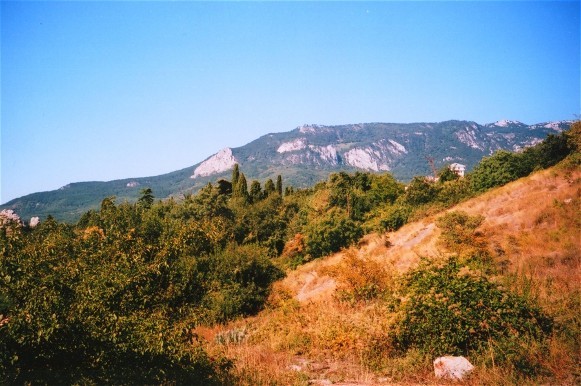
.jpg)
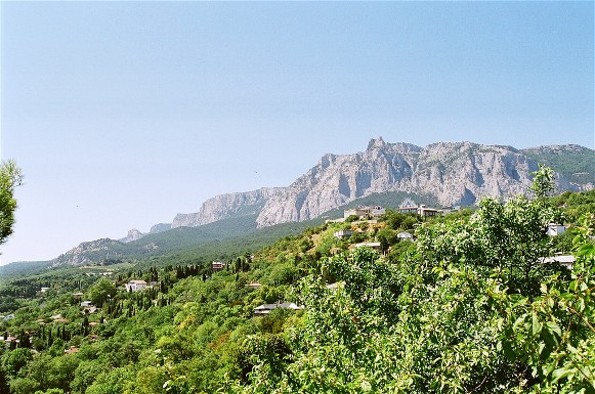
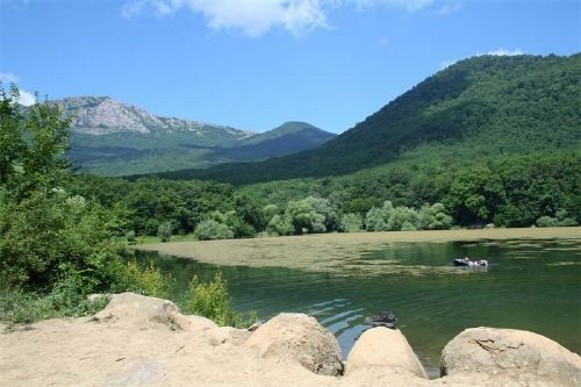
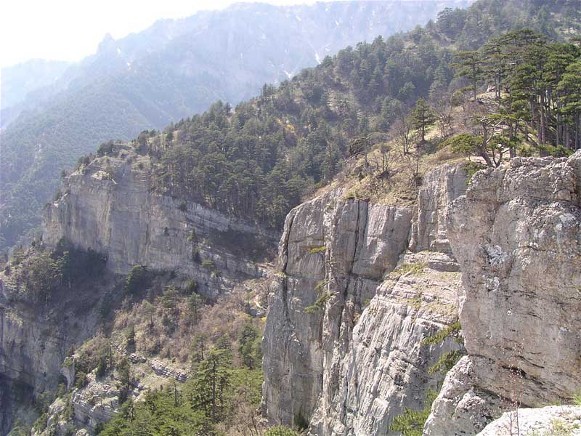
.jpg)
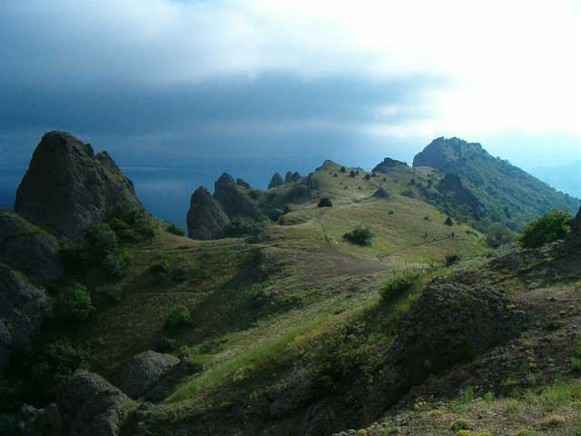
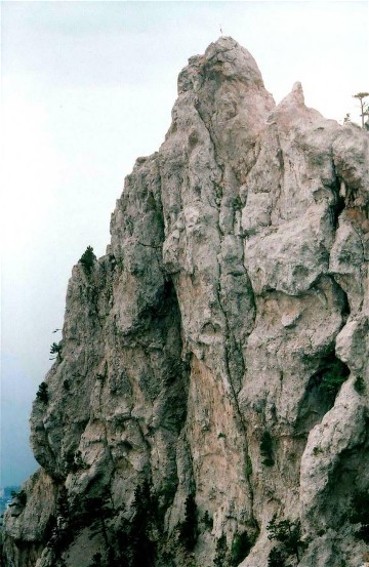
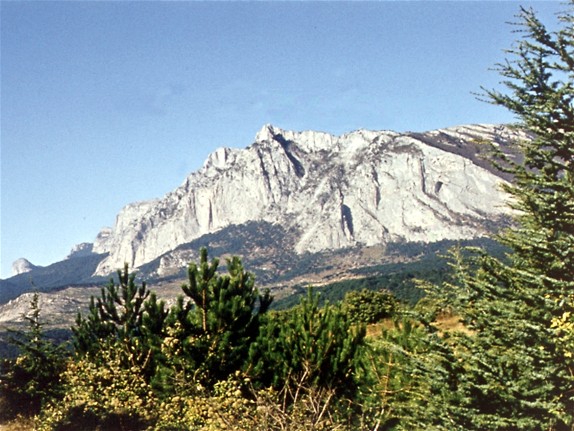
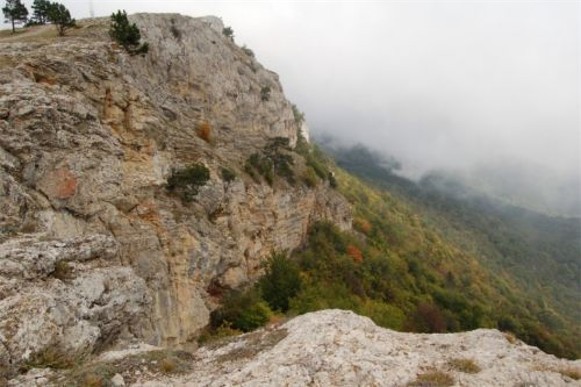
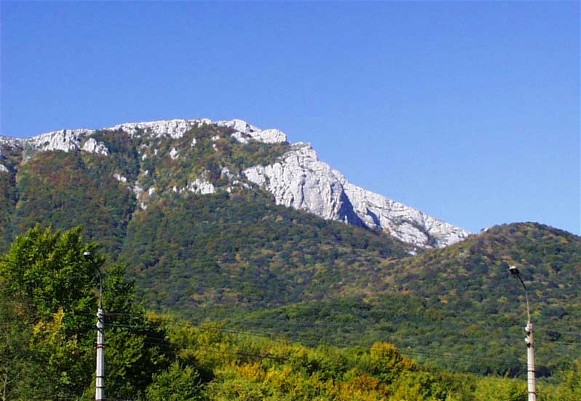
.jpg)
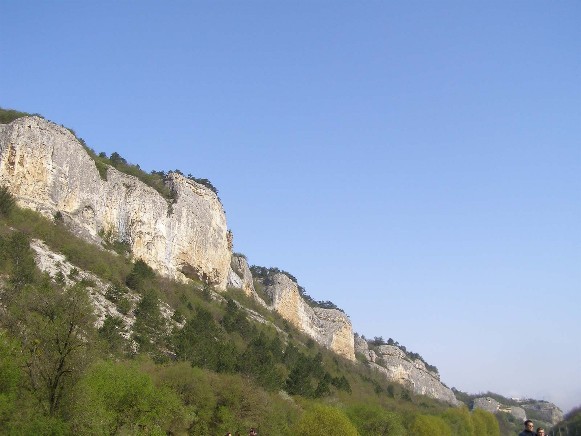
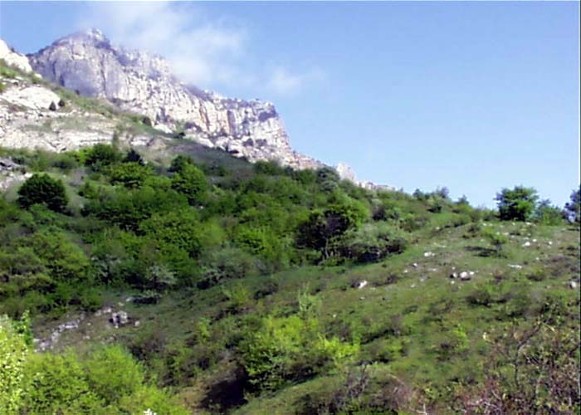
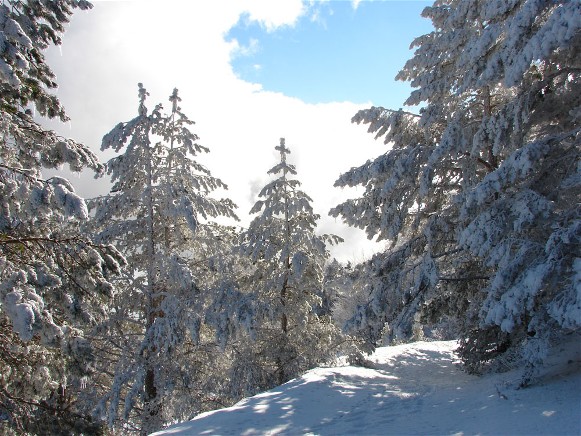
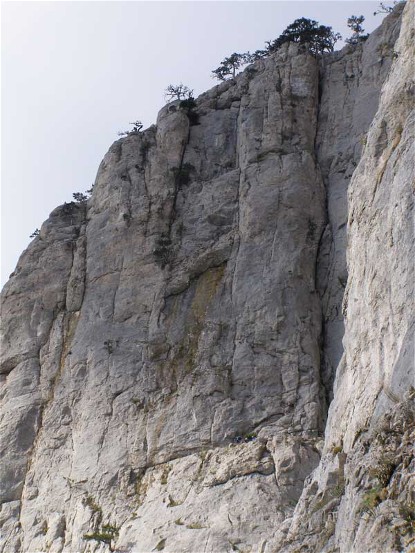
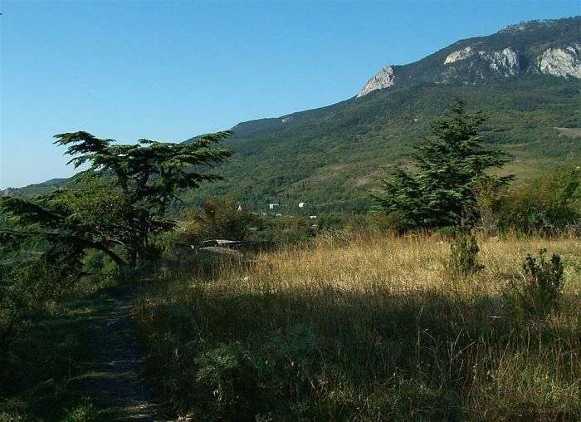
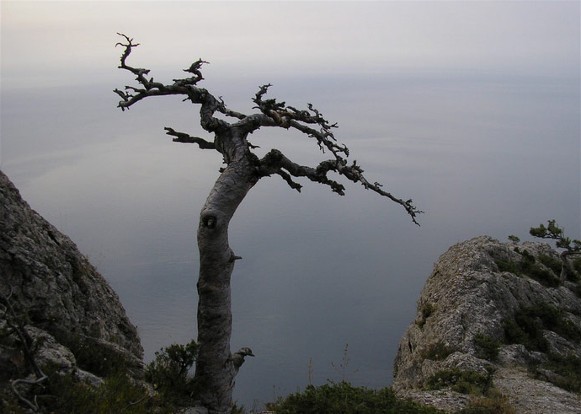
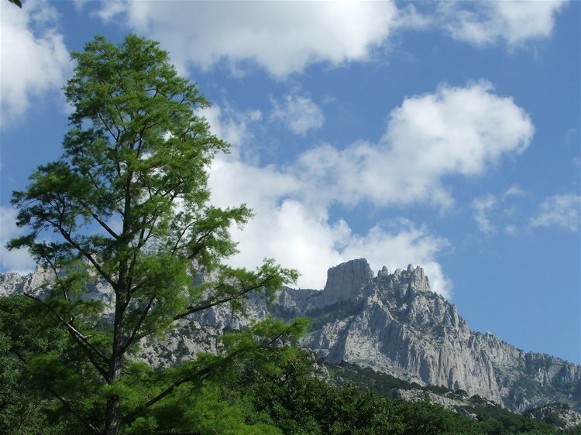
.jpg)
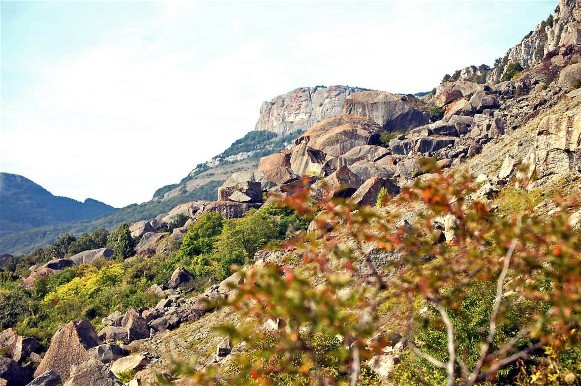
.jpg)
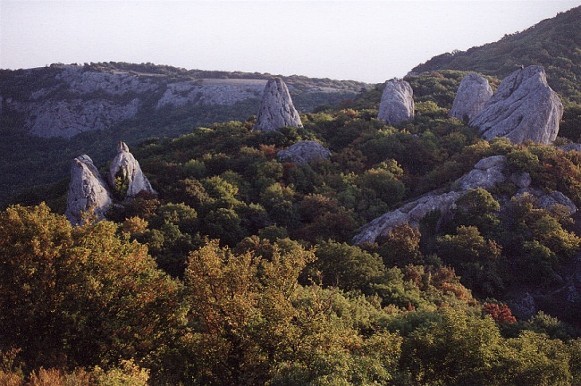
.jpg)
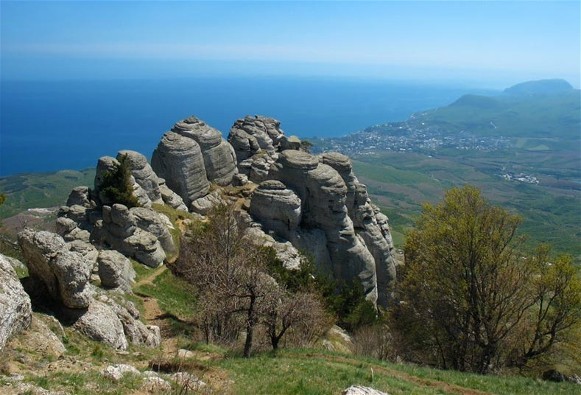
.jpg)
